Throughout its history, Cary has always been a place whose unique features have attracted new citizens. While today that role is fulfilled by the booming tech industry, Cary High School’s Farm Life Program was the first such draw. More than 80% of the local population worked in agriculture, but there was a strong desire to improve efficiency and create more skilled labor. Furthermore, no more than 10% of rural children got past their local schools, so such a program would have a great impact on the area.
The farm life program began in 1914, and was inspired by the school’s principal, Marcus Dry, spending three summers at A&M College (today NCSU) studying agriculture. Upon its founding, the program was so popular that delegates to the State Teachers Assembly began advocating for a similar program in their home districts after touring the facility. Because of the proximity to Raleigh, the school was seen as an excellent testing ground for new policies that would benefit North Carolina’s overwhelmingly rural population.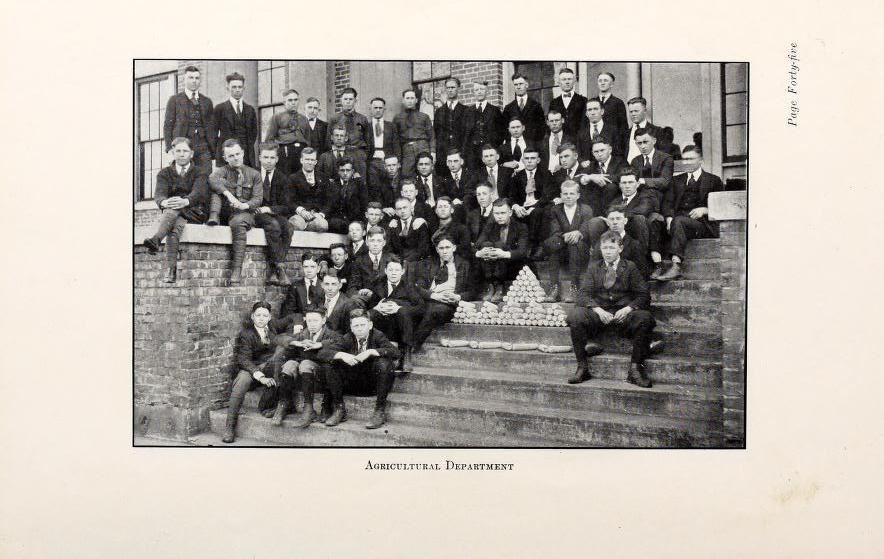
The following year, townspeople came together to fund the program: local attorney James Templeton Jr. donated 15 acres on Walnut Street to build a model farm, and $1,500 was raised to erect a farmhouse, barn, and provide equipment. While the farm was abandoned after little more than a decade, the house itself still stands at 510 Walnut Street, with the barn behind it.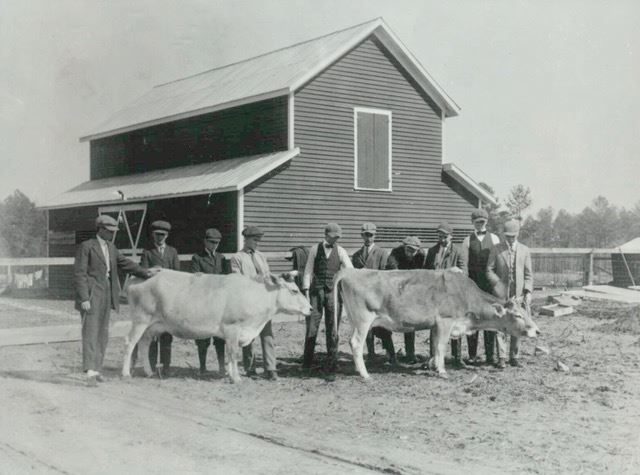
In 1917, the Smith-Hughes Act became federal law, and it provided funding to teach vocational and agricultural skills in public schools. With this, the Farm Life program really took off.
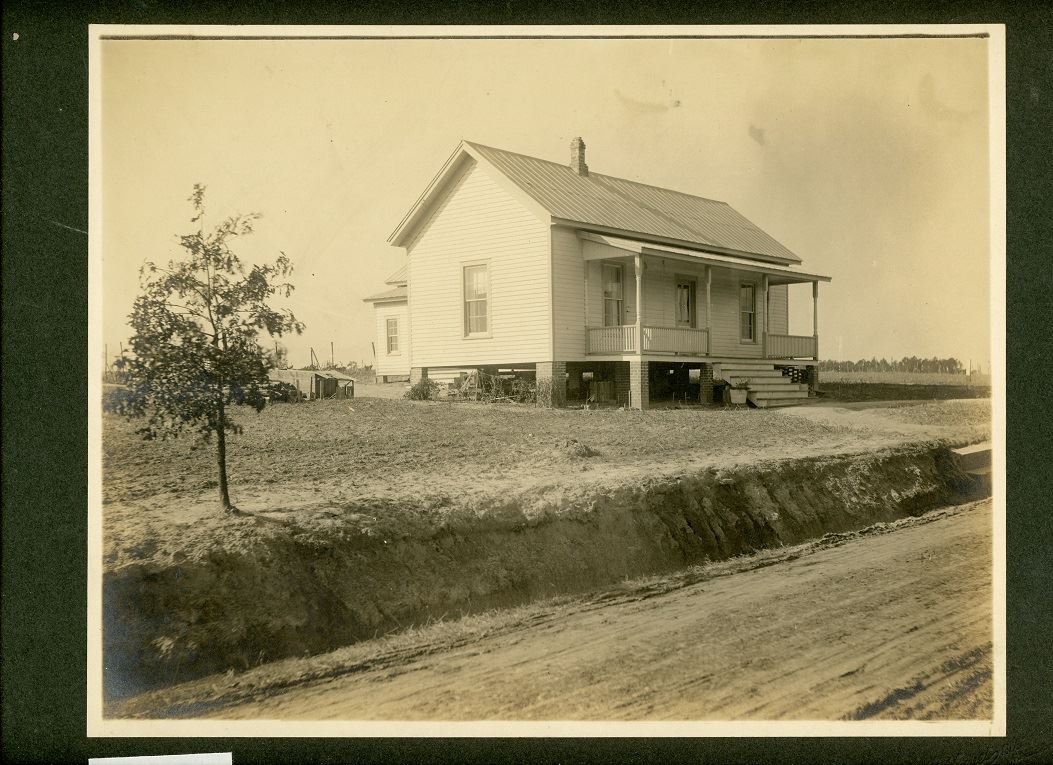 After World War I, in 1922, the school hired a second agriculture teacher. E. N. Meekins became a valuable member of the community who assisted local farmers in increasing crop efficiency. Within 4 years, the department created an incubator capable of storing 12,000 eggs--eventually giving rise to two businesses, one of which is still operating (Cary Egg Market).
After World War I, in 1922, the school hired a second agriculture teacher. E. N. Meekins became a valuable member of the community who assisted local farmers in increasing crop efficiency. Within 4 years, the department created an incubator capable of storing 12,000 eggs--eventually giving rise to two businesses, one of which is still operating (Cary Egg Market).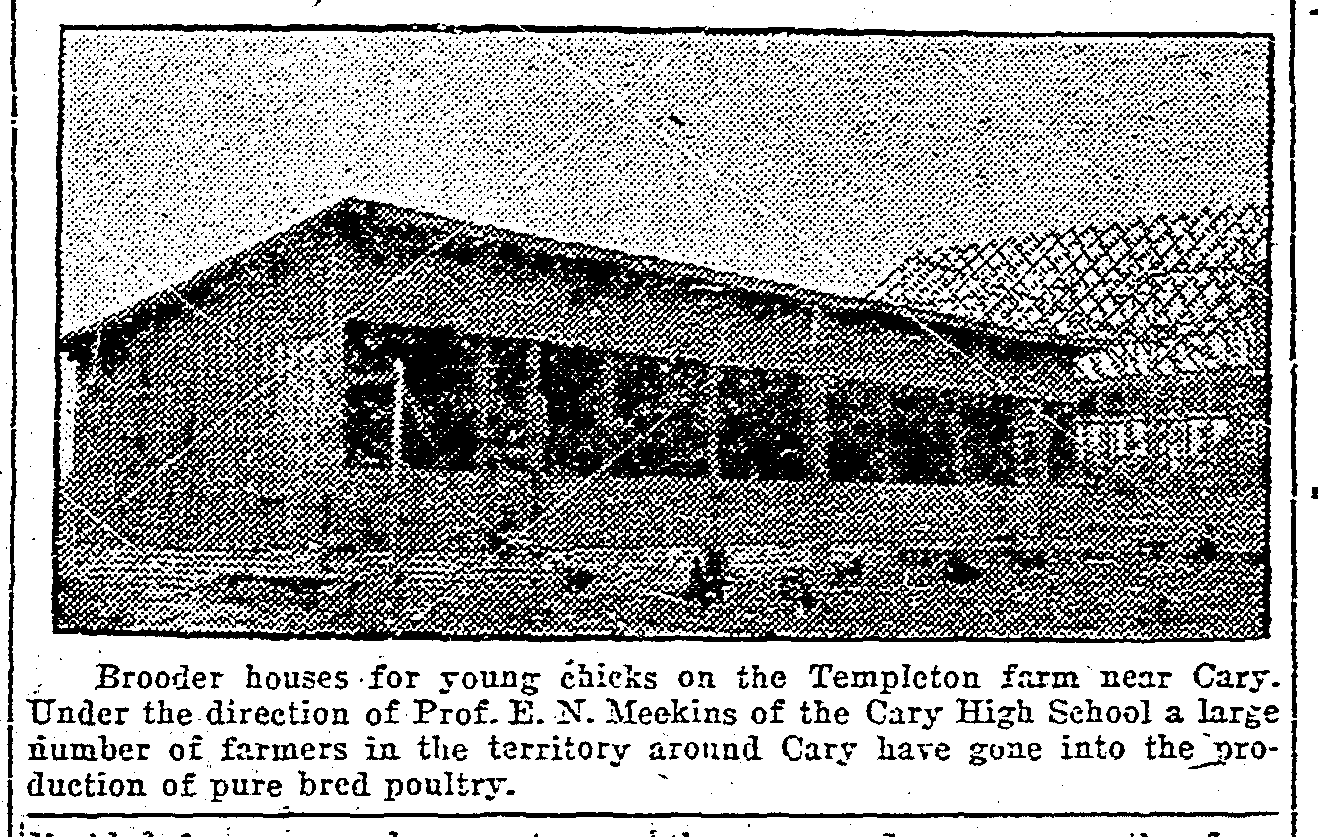
However, this prosperity became uncertain at the onset of the Great Depression. In 1933, the school shut down the dormitories; at the same time, teachers created the Cary Community Club, which sponsored square dances every Saturday and a fair in the fall. Although the school system had fewer resources, it managed to continually create a strong sense of community.
In spite of these repeated hardships, the faculty at the program remained remarkably stable. One such teacher was Rufus Sheldon Dunham, whose namesake park sits across Walnut Street from the old model farmstead. Nicknamed “Dad” because of his premature baldness, Dunham taught agriculture at Cary High School for forty years. He operated a cannery for locals to use during the period of rationing created by World War II, and was the reason the agricultural program did not fail.
Even though Cary High still had two farms after the war, there was a problem. By the 1950s, demand for agricultural training was waning, but Dunham helped pivot it to an at-home model, where students could continue to learn domestic skills and put them to use on their time.
The farm life program, while crucial, is still only one part of Cary’s agricultural heritage. In addition, numerous barns can still be found in and around town. One of the most interesting is the Mitchell Dairy Barn, which has now been converted to housing. Keep an eye out for both the barn and its related farmhouse the next time you’re on South Dixon Avenue!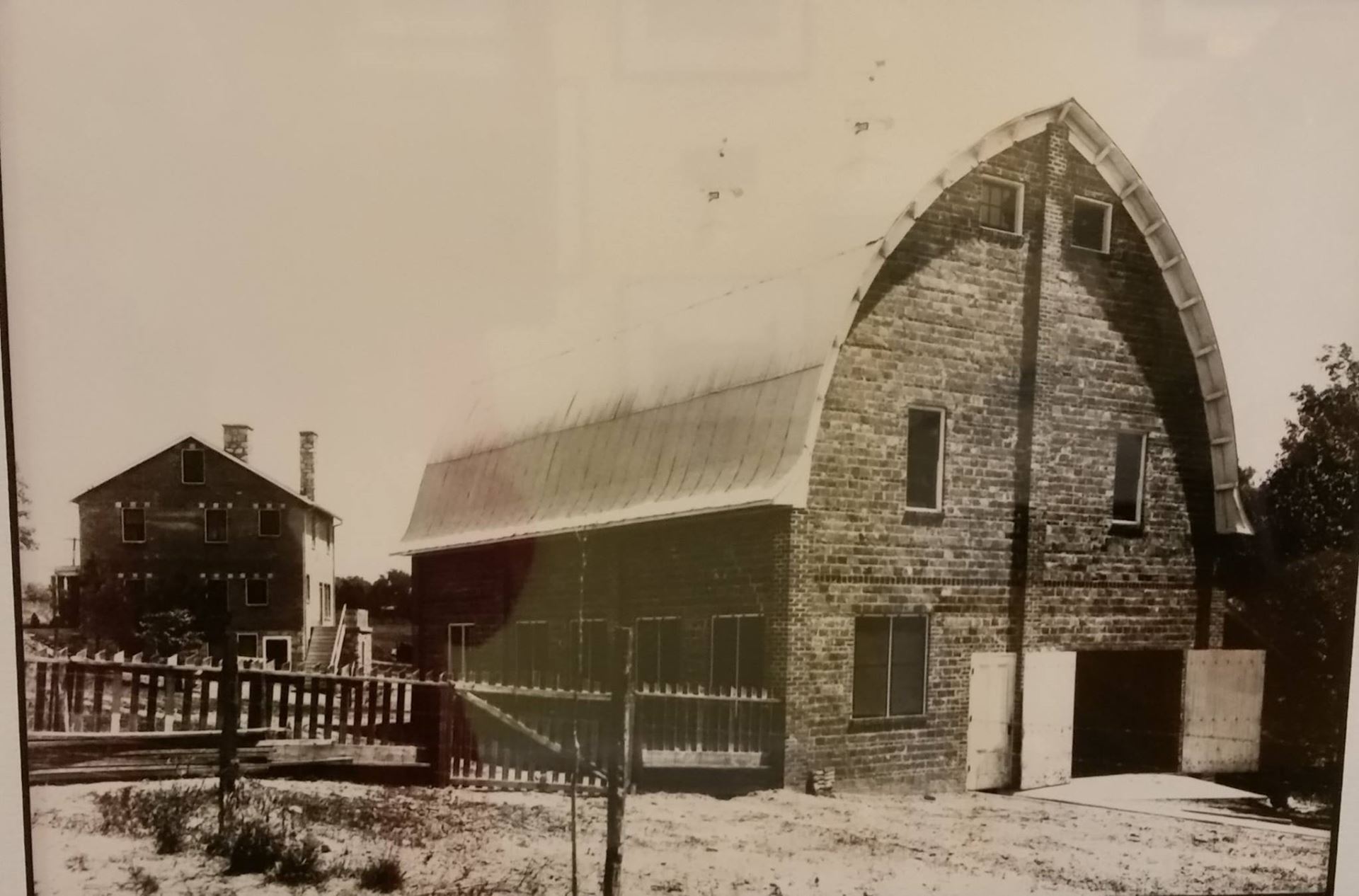
A final farm with special significance to Cary is Kildaire Farm, which today survives in the name of one of our most important thoroughfares. It was primarily a dairy farm, and the Kildaire family owned the Pine State Creamery, which supplied milk, eggs, and other products to area communities. Employees of the farm were nearly self-sufficient, and almost all products could be used on-site..jpg)
Even though these farms and programs have ceased to be operational, Cary's agricultural history lies in plain sight all around us.
